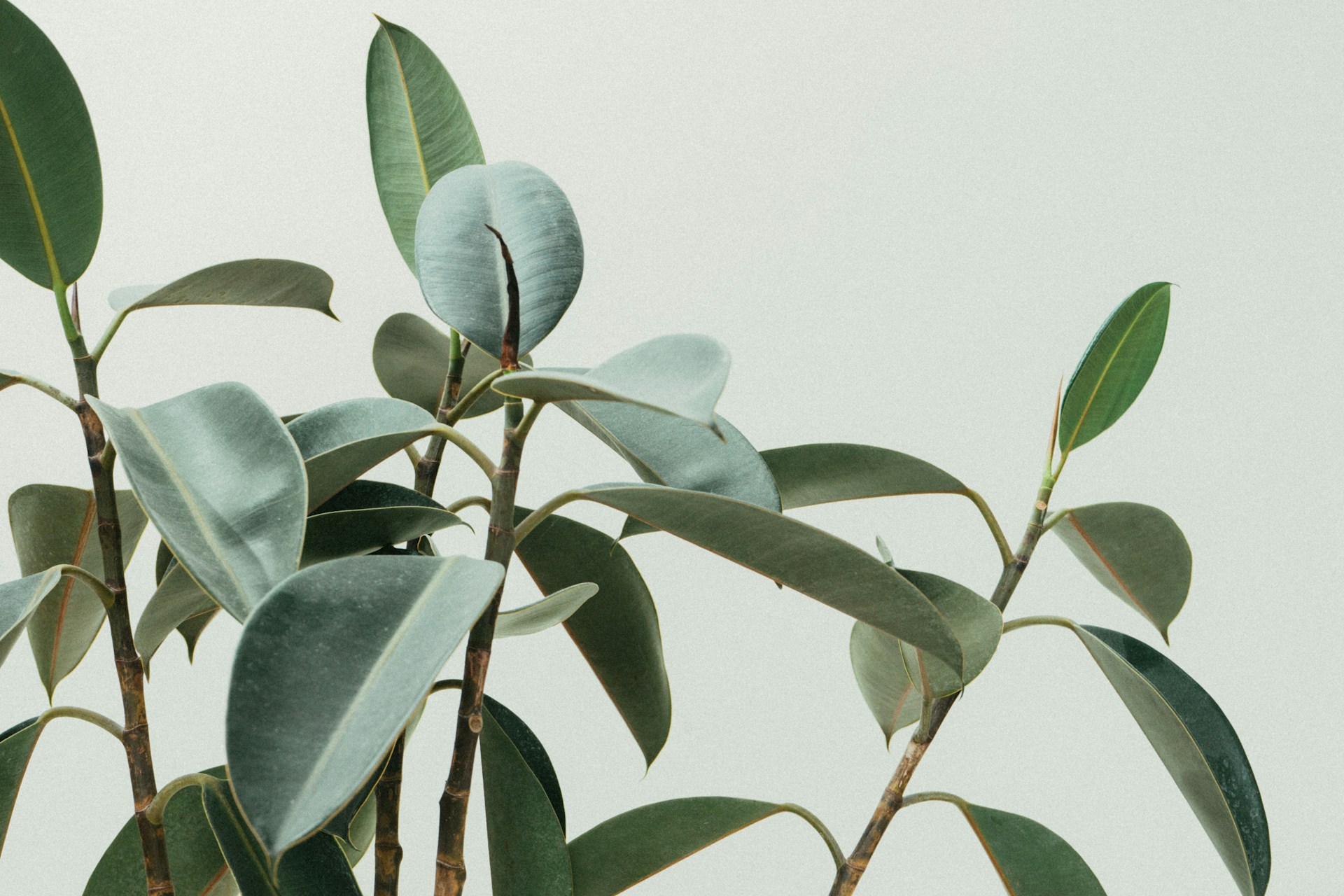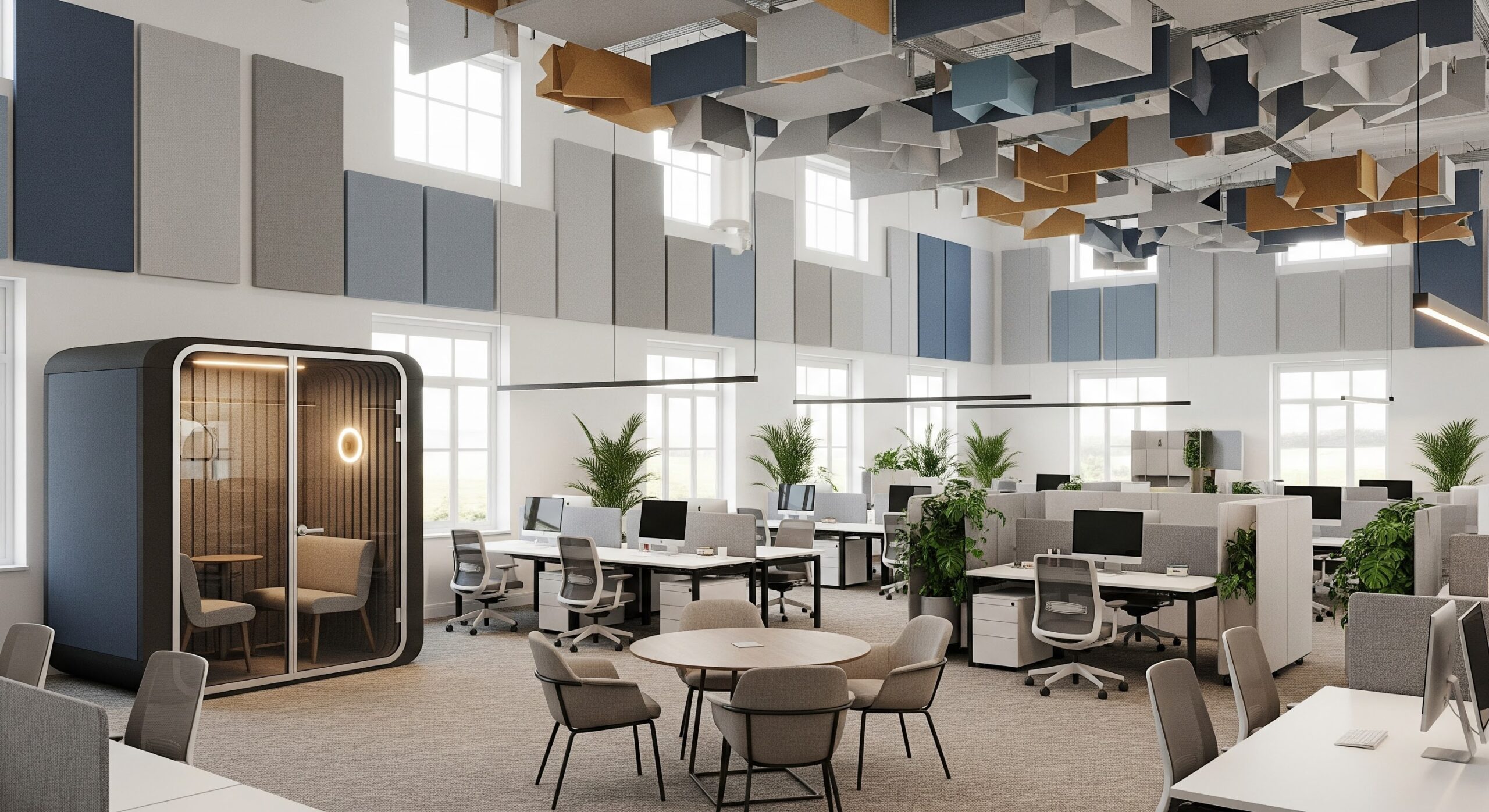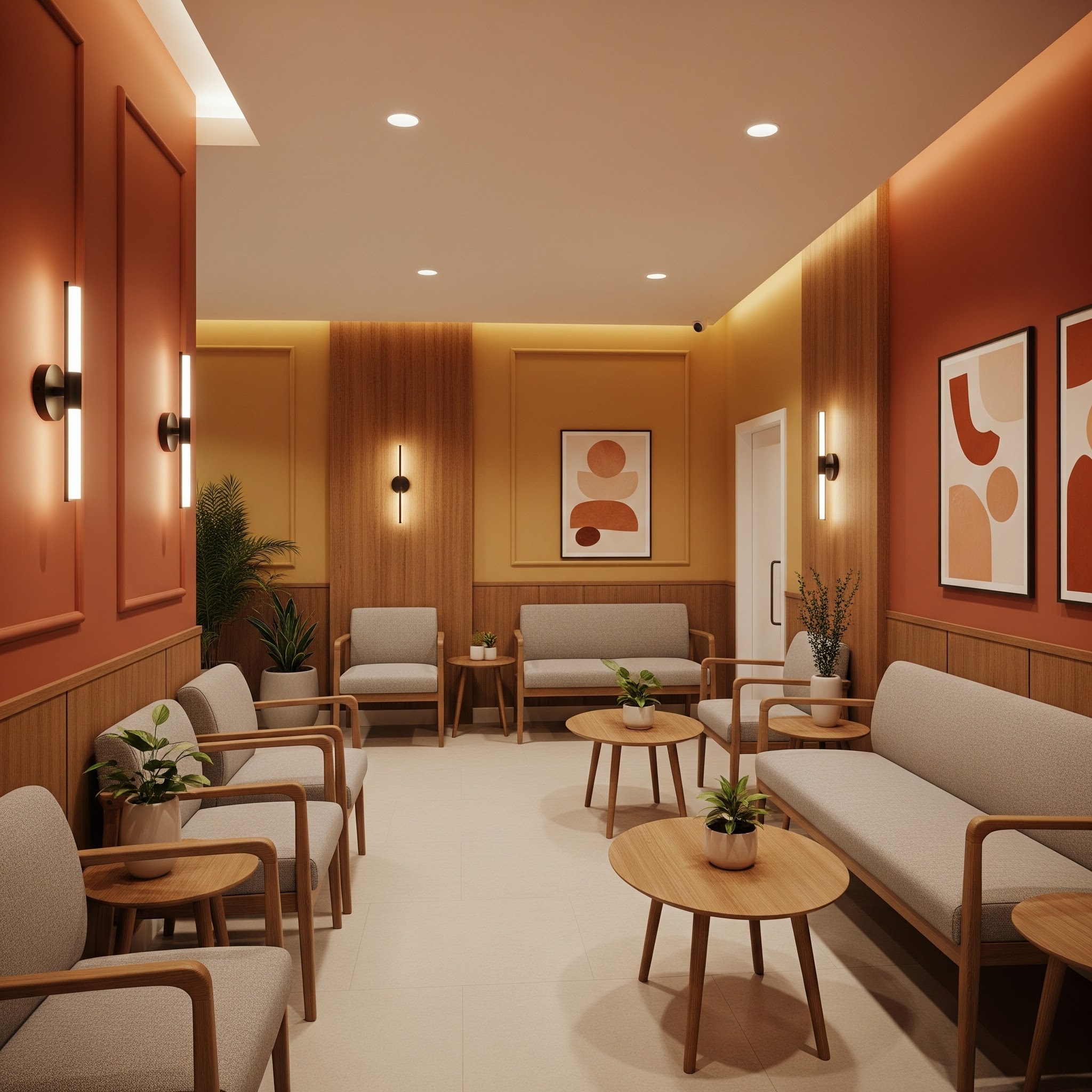As societies increasingly urbanize and technology continues to evolve rapidly, our connection with nature often seems to dwindle. However, in the realm of architectural design, an innovative approach known as biophilic design seeks to mend this disconnect by integrating natural elements into built environments. This technique proves particularly beneficial in healthcare facilities, such as medical centers, where it contributes to fostering a healing and calming milieu.
The Concept of Biophilic Design
Biophilic design is a revolutionary concept that aspires to bridge the gap between building occupants and the natural environment. It involves the thoughtful incorporation of elements of nature into the design of the built environment. The intention is to create spaces that are not just functional, but also contribute positively to the health and wellbeing of the occupants.
Origin of Biophilic Design
The term “biophilia,” which translates to “love of life” in Greek, was popularized by biologist Edward O. Wilson in the 1980s. He proposed that humans have an innate affinity for nature and living things, which can significantly influence our behavior and wellbeing. Biophilic design, thus, is an extension of this concept in the field of architecture and design.
Benefits of Biophilic Design in Medical Centers
Patient Well-being
One of the most notable benefits of incorporating natural elements into medical center design is the positive impact it has on patient well-being. Numerous studies have provided evidence that exposure to nature and natural elements can reduce stress, lower heart rate and blood pressure, and improve overall patient satisfaction.
Evidence from Research
For instance, a study published in the Journal of Environmental Psychology found that patients exposed to natural scenery experienced less anxiety and needed fewer pain medications compared to those exposed to urban scenes.
Enhanced Healing Process
The healing benefits of nature are not just psychological but physical as well. Research has shown that viewing nature can accelerate the recovery process. For instance, a landmark study by Roger Ulrich found that surgical patients with views of trees from their hospital windows recovered faster and required fewer pain medications than those with views of brick walls.
Staff Satisfaction
Biophilic design’s benefits are not limited to patients alone. They also extend to medical staff, enhancing their working environment and contributing to job satisfaction. The inclusion of natural elements can help reduce stress, increase focus and productivity, and improve overall job satisfaction.
Evidence from Research
A report by Human Spaces found that workers in environments with natural elements reported a 15% higher level of well-being and were 6% more productive than those in environments devoid of nature.
Implementing Biophilic Design in Medical Centers
Incorporating Natural Light
Natural light is a quintessential aspect of biophilic design. Maximizing daylight in medical centers can be achieved through the use of large windows, skylights, and strategically placed mirrors to distribute light throughout the facility.
Evidence from Research
Research indicates that exposure to natural light can improve patient outcomes and contribute to staff well-being. A study in the Journal of Clinical Sleep Medicine found that exposure to natural light improved sleep quality and mood in patients.
Use of Natural Materials
Incorporating natural materials like wood, stone, and plants into medical center design can bring a touch of nature indoors. These elements can be woven into various aspects of the interior, including flooring, walls, and furniture, thereby enhancing the overall aesthetic and creating a calming ambiance.
Presence of Water
The inclusion of water features such as fountains or aquariums can significantly enhance the therapeutic environment of a medical center. The sight and sound of water have been found to have a calming effect and can contribute to stress reduction.
Indoor Plants and Green Spaces
Indoor plants not only improve air quality but also provide a soothing and aesthetically pleasing environment. In addition, the presence of green spaces, such as gardens or courtyards, can act as sanctuaries for relaxation and recuperation, further contributing to the healing process.
Conclusion
The incorporation of natural elements into the design of medical centers can significantly enhance patient recovery rates and the working environment for staff. Biophilic design represents a holistic and forward-thinking approach to healthcare design, promoting healing and well-being through a closer connection with nature. This design philosophy acknowledges the inherent human need to connect with nature and leverages it to create spaces that are not just functional, but also contribute positively to human health and well-being.





